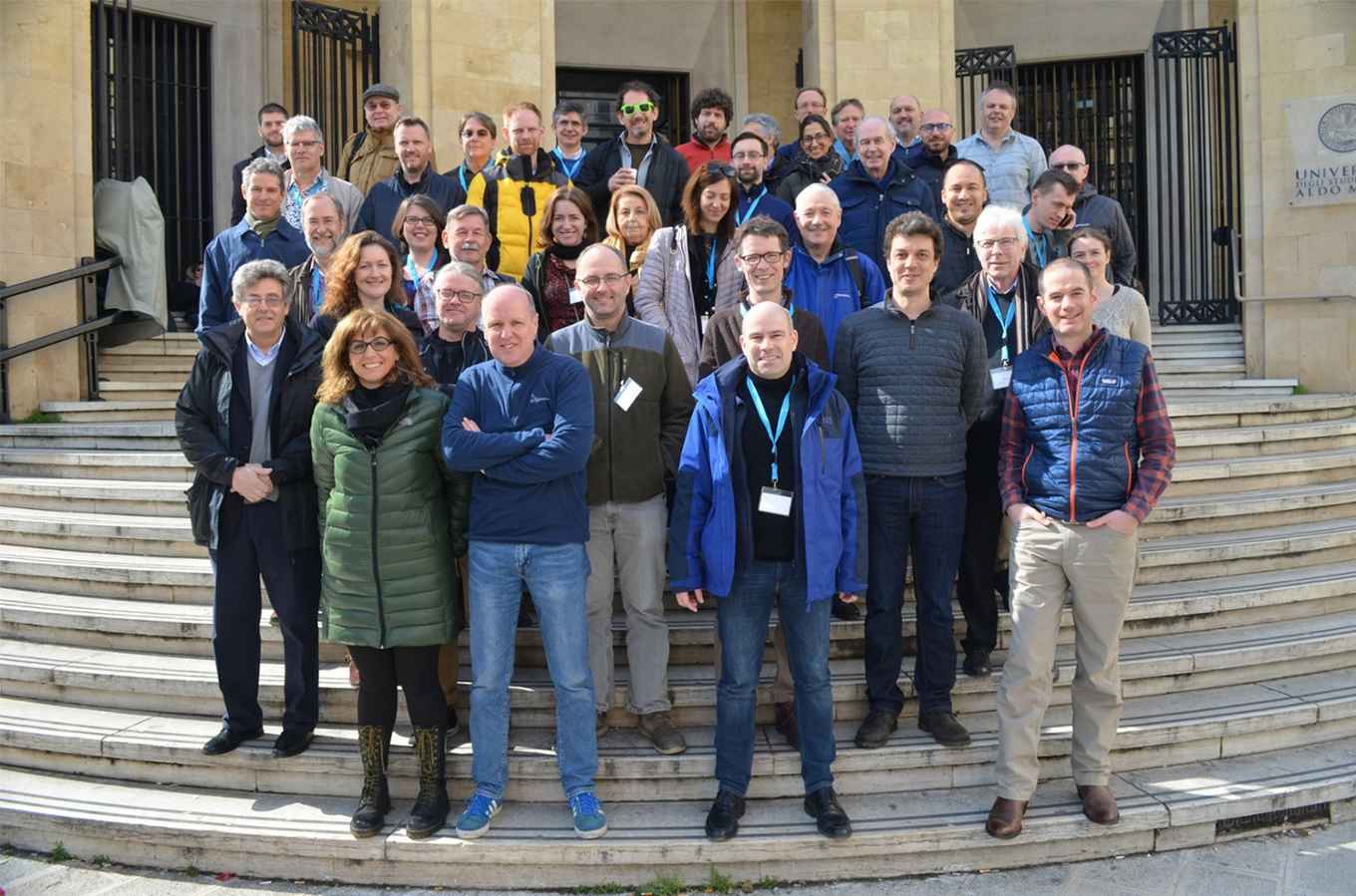Successful international workshop on species interaction EBVs
13 March 2018

The European project GLOBIS-B stands for ‘GLOBal Infrastructures for Supporting Biodiversity research’ and aims to support coordination among biodiversity research infrastructures. By organizing international workshops with world-leading experts, the projects brings together top academic researchers, informatics experts from research infrastructures, and legal and policy experts. These experts convened in February in Bari, Italy, for the 4th workshop organized by GLOBIS-B.
EBV workshop on species interactions
This 4th GLOBIS-B workshop focused on computational workflows and data integration to produce Essential Biodiversity Variables (EBVs) on species interactions. The concept of EBVs has been introduced by the Group on Earth Observations Biodiversity Observation Network (GEO BON) and are the derived measurements required to study, report and manage biodiversity change. Although studying species interactions has a long tradition in ecology, EBVs on species interactions remain the most challenging and least developed type of EBV.
W. Daniel Kissling, scientific coordinator of GLOBIS-B, explains: ‘Species interactions are numerous in nature and openly accessible datasets on changes in species interactions are largely lacking. The workshop therefore addressed how to mobilize and standardize observations on species interactions to make them openly accessible. The workshop also covered issues related to the EBV concept, data and metadata standards, computational implications, and legal considerations when sharing data. These issues were specifically explored by discussing plant-pollinator, predator-prey, and microbial interactions’.
The workshop results will be published in a scientific paper and several workshop participants expressed their willingness to continue contributing to the GEO BON plans, as for example in an expert group on species interactions EBVs.